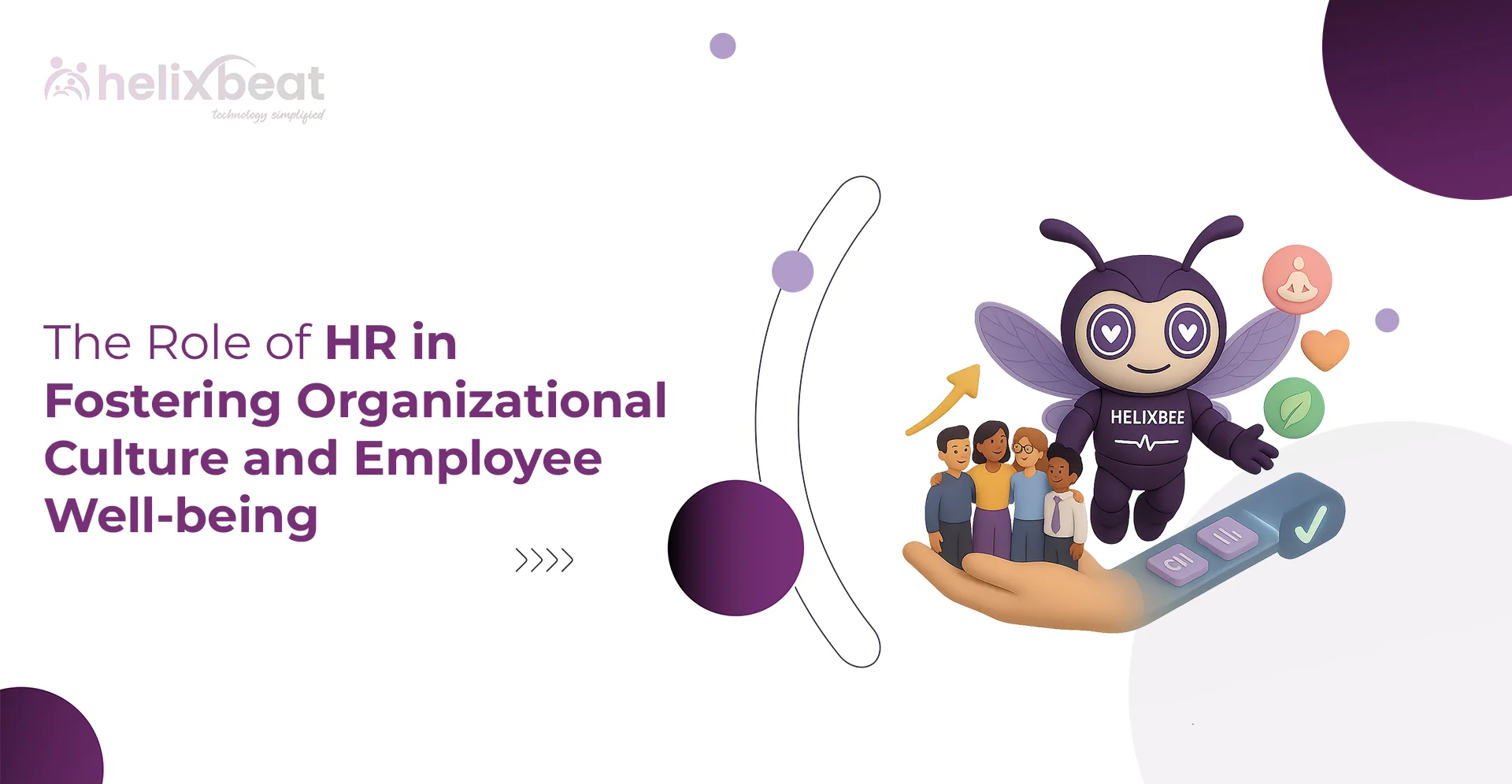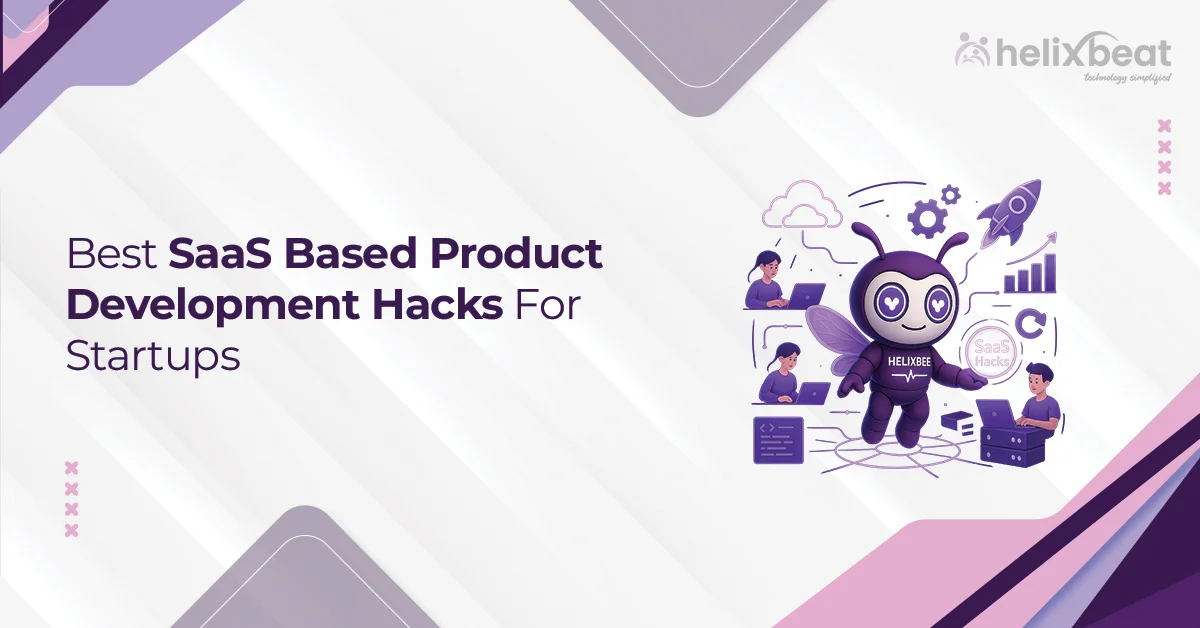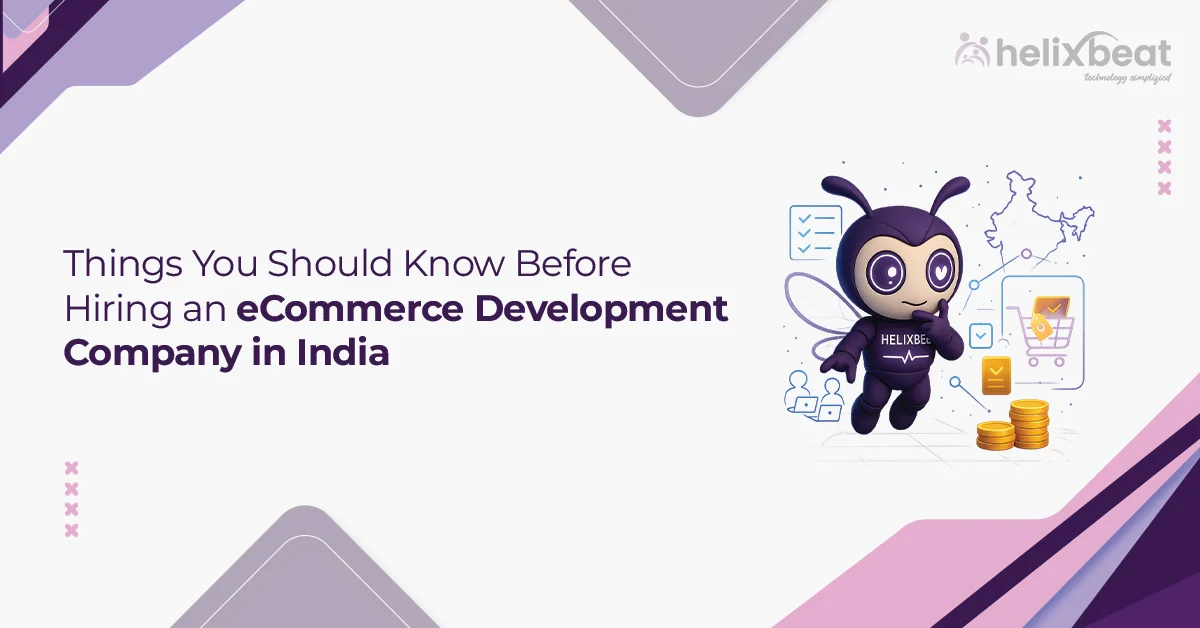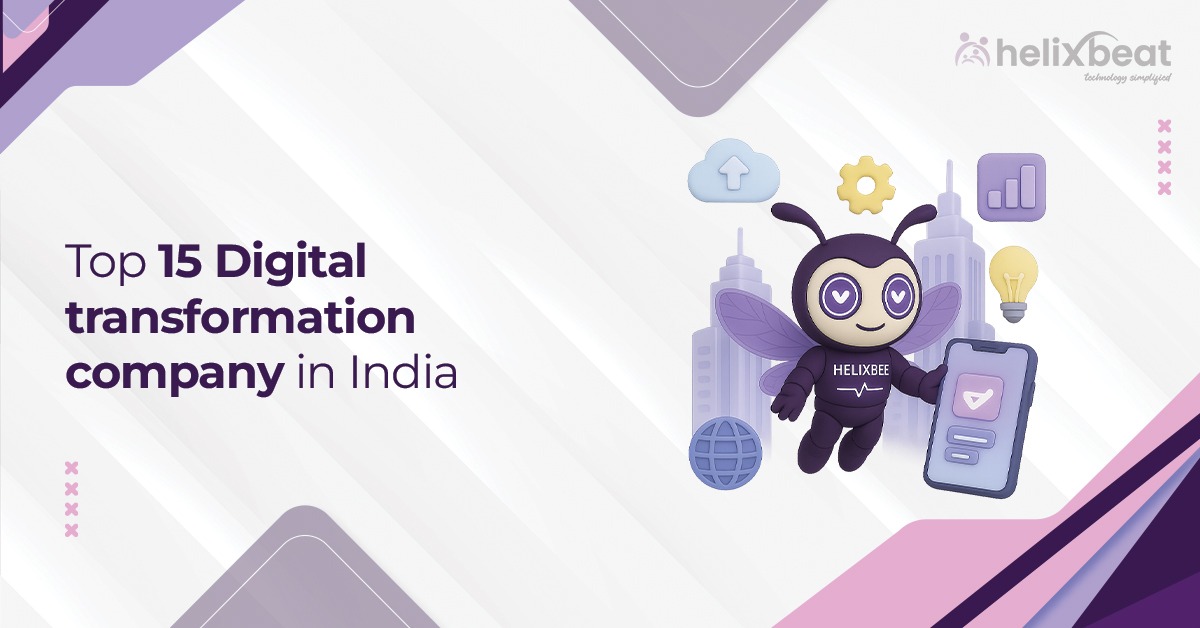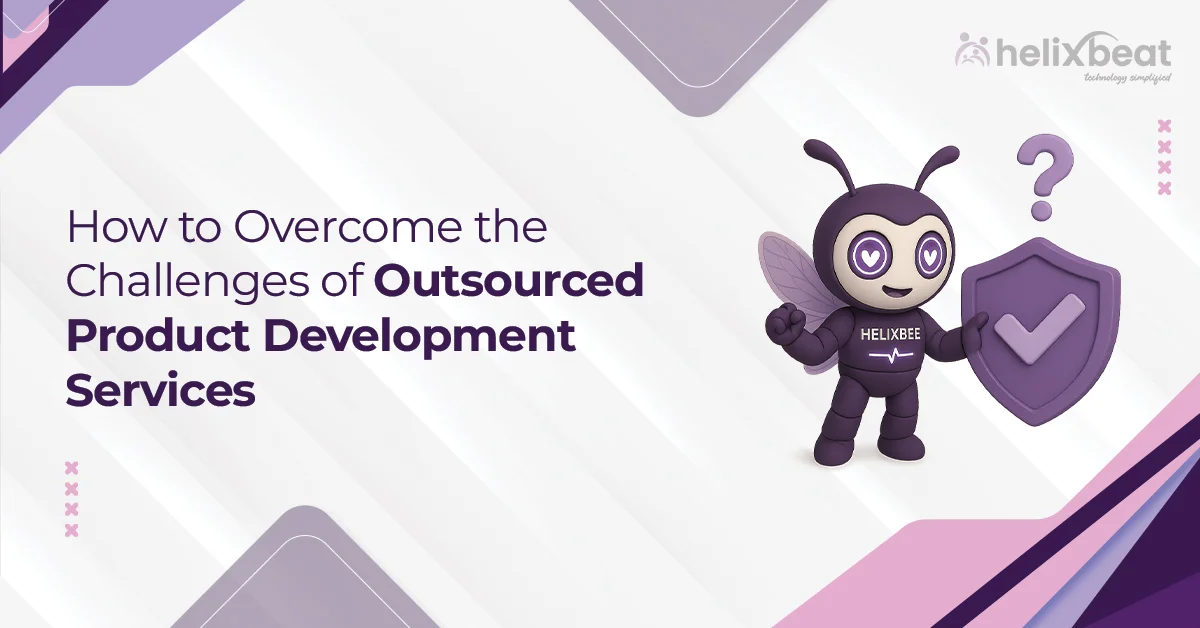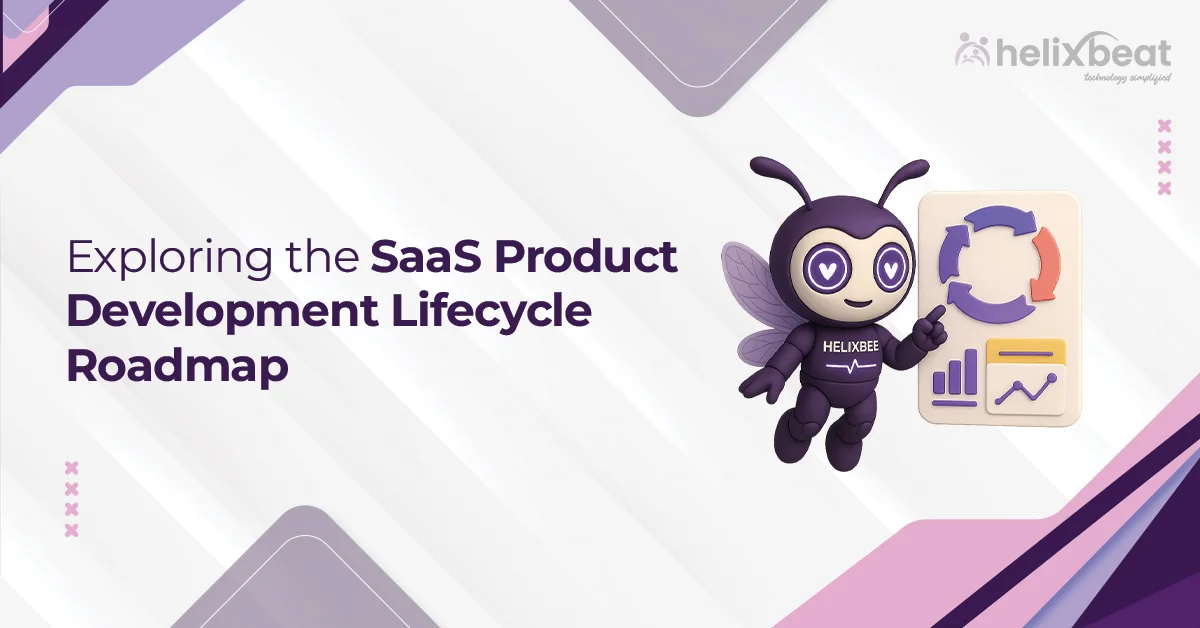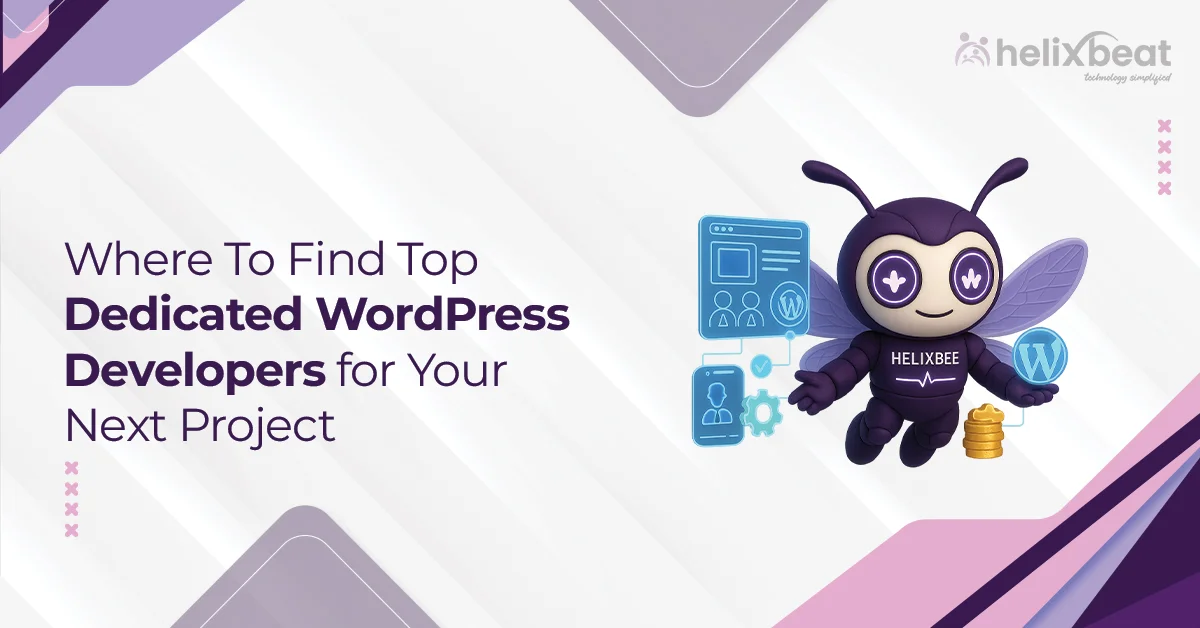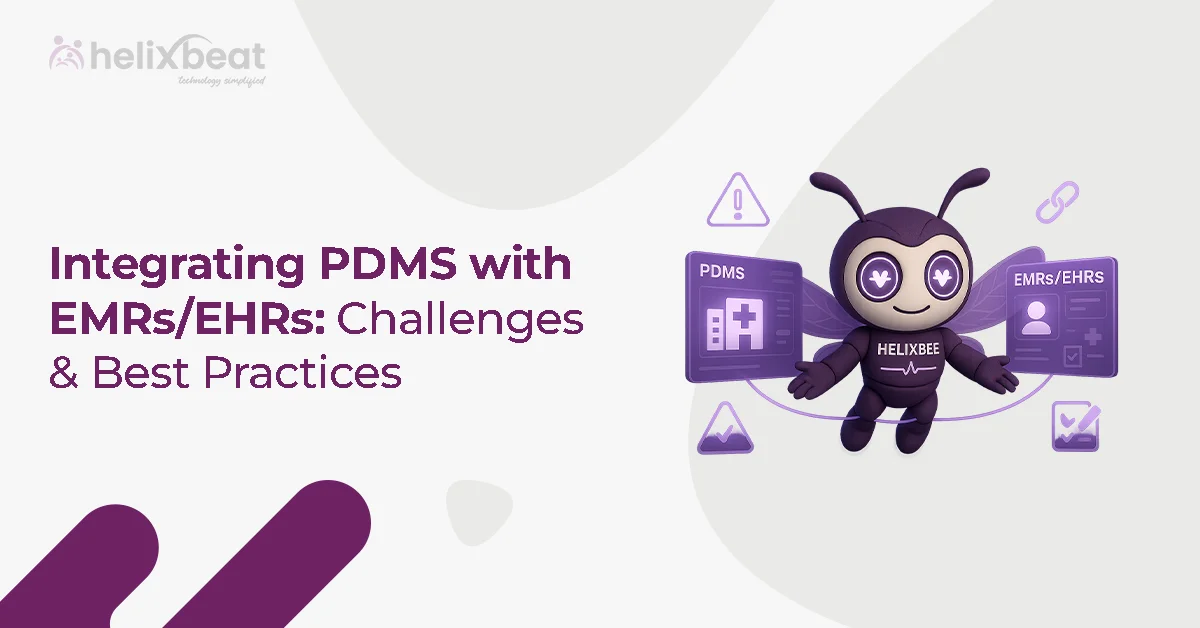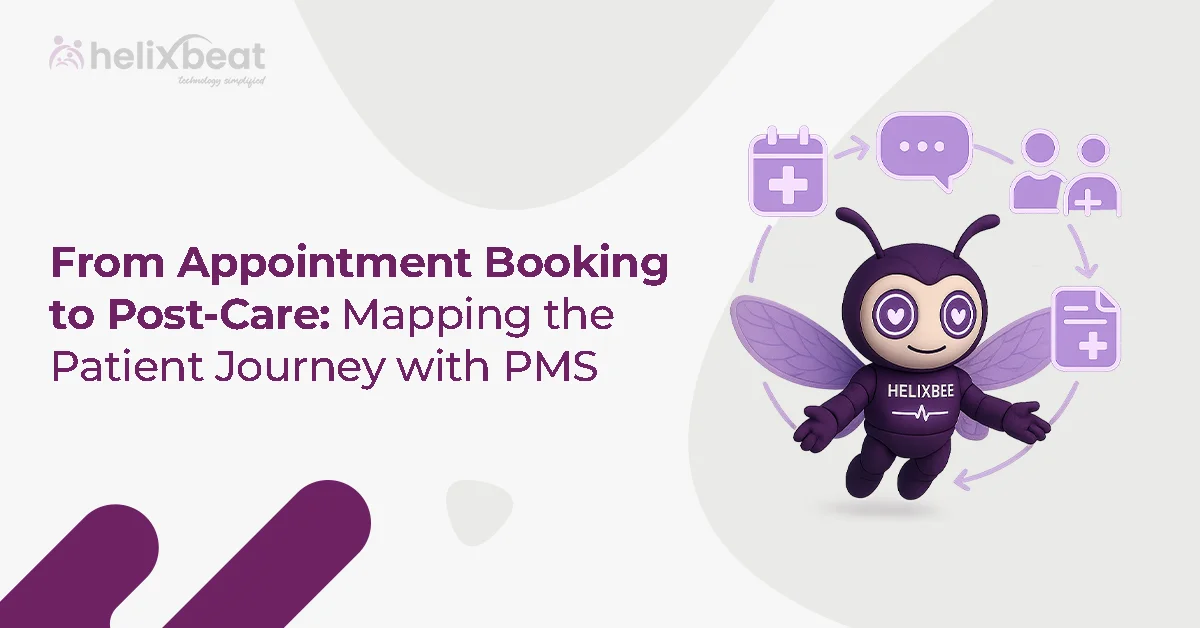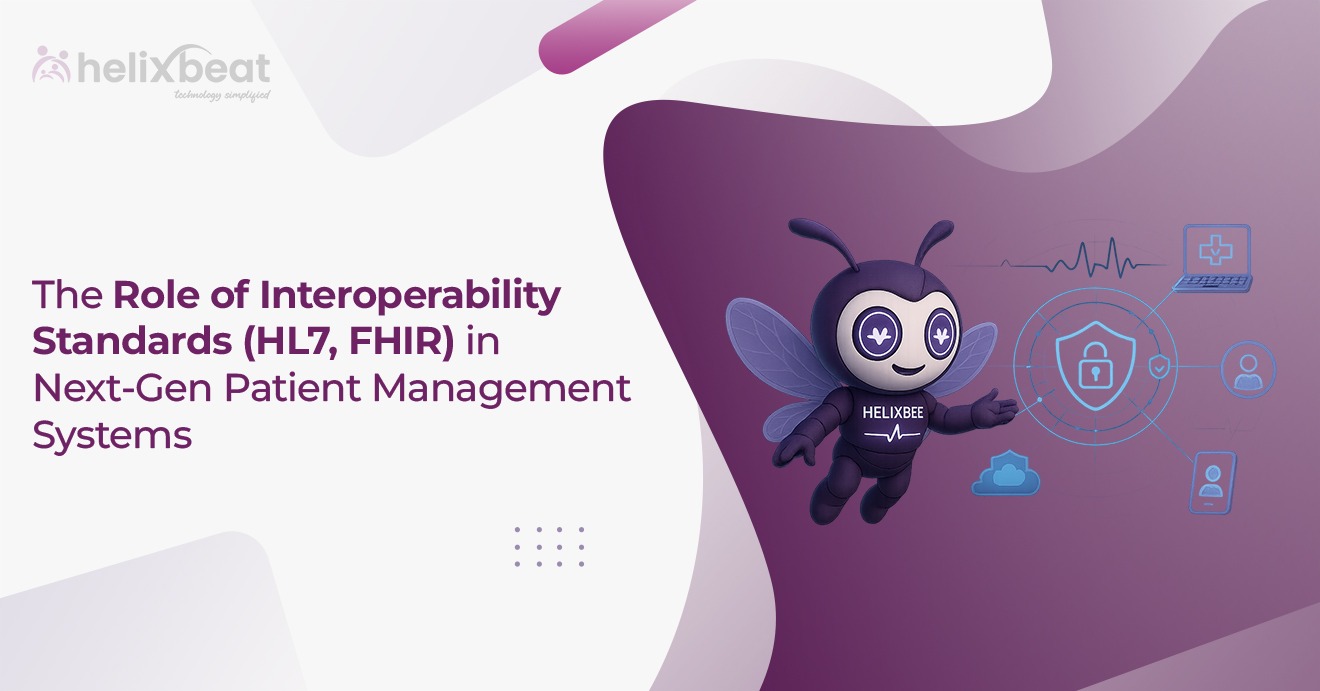Did you know that over 99% of businesses now use at least one SaaS application, according to a 2024 report by BetterCloud? This rapid adoption demonstrates the growing importance of SaaS in today’s digital landscape. From startups using cloud-based CRMs to large companies improving customer support with AI-based help desks, SaaS is now a key part of many businesses.
At the core of this change is SaaS based product development. This process helps companies create software solutions that are easy to scale, access, and offer through subscriptions, without the need for complicated installations or infrastructure.
Whether you’re a tech founder building your first MVP or a large company updating old systems, knowing how SaaS development works and why it’s important is the first step toward lasting digital success.
Here, we take a close look at SaaS based product development, its importance in modern business, and some relevant best practices.

Table of Contents
What is SaaS Product Development?
SaaS product development refers to the process of creating software applications that are hosted on the cloud and made available to users through a subscription-based model. Unlike traditional software that requires installation on individual machines, SaaS products are accessed over the internet, providing users with the flexibility to access the software at any time, from anywhere. The development process involves designing, coding, testing, and deploying cloud-based solutions that are scalable, secure, and easy to update, all while ensuring seamless user experience and continuous delivery of new features.
What Makes SaaS Different from Other Software Models?
SaaS (Software as a Service) differs from traditional software models by providing cloud-based access to applications, eliminating the need for local installation. Unlike other models, SaaS prioritizes flexibility, cost-efficiency, and scalability for both developers and users.
With SaaS based product development, businesses can create solutions that are easier to scale, update, and manage without the need for complex installations.
Here’s how:
- Cloud-based Access: SaaS applications are hosted on the cloud, meaning users can access them from any device with an internet connection, without the need for installations or updates.
- Subscription Pricing: Rather than a one-time purchase, SaaS follows a subscription-based pricing model, providing businesses with predictable, recurring revenue and lower upfront costs.
- Automatic Updates: SaaS platforms automatically push updates and new features to users, ensuring the latest version is always available without manual intervention.
- Scalability and Flexibility: SaaS products can easily scale with the growing needs of businesses, allowing for additional users, features, or capacity as required.
Why SaaS Product Development is Essential for Modern Businesses
Nowadays, SaaS based product development is important for businesses to stay competitive, offering scalable and cost-effective solutions that are easy to manage and access.
1. Affordable Cost
SaaS eliminates the need for businesses to invest in expensive hardware and infrastructure. With a subscription-based model, companies can reduce upfront costs and pay only for what they use, making it budget-friendly, especially for startups and SMEs.
The global SaaS market is projected to grow from $317.55 billion in 2024 to $1,228.87 billion by 2032, reflecting the increasing adoption and investment in SaaS solutions.
2. Remote Accessibility
SaaS products are cloud-based, meaning employees and teams can access the software from anywhere, at any time, and on any device. This is crucial for modern businesses that embrace remote and hybrid work environments.
95% of organizations have implemented SaaS solutions in their operations as of 2023, with many leveraging their remote accessibility features to support distributed teams.
3. Continuous Updates and Security
With SaaS, businesses benefit from automatic software updates and ongoing security patches. This ensures the latest features, performance improvements, and compliance with industry regulations, without the burden of manual updates or maintenance.
The SaaS industry continues to attract significant investment, with $90 billion in funding in 2023, reflecting confidence in the ongoing innovation and security of SaaS solutions.
4. Enhanced Collaboration and Integration
SaaS solutions often come with built-in collaboration tools that allow teams to work together seamlessly, regardless of their location. Additionally, SaaS products are designed to integrate with other business tools and systems, streamlining workflows and improving overall productivity.
Over 70% of the software used by companies in 2023 are SaaS applications, highlighting the widespread adoption and integration of SaaS solutions in business operations.
5. Data-Driven Insights
Many SaaS platforms provide powerful analytics and reporting features, allowing businesses to collect and analyze real-time data. This allows decision-makers with actionable insights to optimize operations, track performance, and drive strategic growth.
The global AI-powered SaaS market is estimated to reach $770.32 billion by 2031, growing at a CAGR of 40.2% from 2024 to 2031, indicating the increasing importance of data analytics in SaaS solutions.
6. Less IT Maintenance and Support
With SaaS, the responsibility for software maintenance, updates, and troubleshooting is shifted to the service provider. This reduces the need for in-house IT teams to manage software infrastructure, allowing them to focus on more strategic tasks that drive business innovation.
In 2024, 94% of companies plan to expand their tech stack in the next two years, with many opting for SaaS solutions to streamline IT operations and reduce maintenance overhead.
As businesses grow and adapt to changing needs, SaaS based product development provides the flexibility, scalability, and efficiency required to meet modern challenges and deliver value to customers.
Tips for Performance Optimization & Load Balancing
SaaS based product development requires continuous optimization to ensure smooth and efficient performance, particularly as user demands grow.
- Leverage Auto-Scaling: Implement auto-scaling features to automatically adjust resources based on demand. This ensures your SaaS application can handle traffic spikes without performance degradation or downtime.
- Optimize Database Queries: Review and optimize database queries to reduce latency. Use indexing and efficient query structures to improve response times, especially when dealing with large datasets.
- Use Content Delivery Networks (CDNs): CDNs help deliver content to users from the nearest geographical location, reducing load times and improving the overall user experience by distributing the content across multiple servers.
- Implement Load Balancers: Use load balancers to distribute traffic evenly across servers, preventing any one server from being overwhelmed. This increases uptime and ensures consistent application performance during high traffic periods.
- Monitor and Analyze Performance Metrics: Regularly monitor key performance indicators (KPIs) such as server response times, latency, and CPU usage. Use performance monitoring tools to detect bottlenecks and proactively optimize the system.
Implementing these strategies is vital in SaaS based product development to maintain high availability and a seamless user experience.
Best Practices for Creating Intuitive & Engaging User Interfaces
An intuitive and engaging user interface is essential for delivering a positive user experience. When it comes to SaaS based product development, focusing on simplicity, responsiveness, and ease of navigation can significantly enhance user satisfaction.
Listed below are the best practices for creating an intuitive and engaging user interface:
1. Simplify Navigation
Keep navigation intuitive by minimizing the number of clicks to reach important features. Use clear labels, organized menus, and a consistent layout to guide users effortlessly through the app.
2. Prioritize Mobile Responsiveness
With the increasing use of mobile devices, ensure your SaaS application is fully responsive. The user interface should adapt seamlessly to different screen sizes, providing a consistent experience across all devices.
3. Use Clear and Consistent Visual Hierarchy
Structure your UI with a clear visual hierarchy, emphasizing important elements using size, color, and placement. This helps users easily identify actions and navigate without confusion.
4. Incorporate Interactive Feedback
Provide real-time, interactive feedback (like hover effects, loading indicators, or animations) to keep users engaged and informed about their actions, such as button clicks or form submissions.
5. Focus on Accessibility
Make your UI accessible to all users, including those with disabilities. Implement features like keyboard navigation, screen reader compatibility, and color contrast adjustments to ensure a user-friendly experience for everyone.
Examples of Successful SaaS Products
1. Salesforce
One of the most well-known CRM platforms, Salesforce revolutionized customer relationship management by providing businesses with a scalable, cloud-based solution. Its success lies in its ability to integrate sales, customer service, marketing, and analytics into a single platform, helping companies improve customer engagement and increase revenue.
2. Shopify
Shopify has empowered millions of entrepreneurs by providing an easy-to-use, cloud-based e-commerce platform. This SaaS solution allows businesses to set up, run, and scale online stores without the need for extensive technical knowledge, making it a go-to platform for small to medium-sized businesses.
3. Zoom
Zoom transformed the way businesses and individuals connect remotely, offering a seamless video conferencing experience. Its success surged during the remote work boom, as it provided an easy-to-use platform that supports meetings, webinars, and collaboration across multiple devices, contributing to its global adoption.
Why Choose Helixbeat for Your SaaS Product Development Needs
When it comes to SaaS based product development, Helixbeat stands out as a trusted partner committed to bringing your vision to life with precision, scalability, and reliability. Our team combines deep technical expertise with a deep understanding of business needs, ensuring that your SaaS application is not just functional but optimized for success.
From the initial concept to continuous updates, we offer end-to-end development services tailored to your unique requirements. With Helixbeat, you gain a partner that focuses on building cloud-based solutions that are user-centric, secure, and future-ready.
Our SaaS product development services enable your business to:
- Scale rapidly and handle growing user demands effortlessly
- Offer seamless updates and maintenance without disrupting your operations
- Make sure data security and compliance, protecting your business and users
- Accelerate time-to-market with fast, agile development practices
Let Helixbeat take your SaaS product to the next level and help your business stay ahead of the competition. Get in touch with us for a free demo today.
FAQ:
1. What is a SaaS product?
A SaaS (Software as a Service) product is a software solution that is hosted on the cloud and accessed via the internet, typically on a subscription basis. It doesn’t require users to install or maintain the software on their devices, making it more convenient and scalable.
2. How to develop a SaaS product?
Developing a SaaS product starts with validating the idea by identifying a problem to solve. Then, design a user-friendly interface, followed by building the product with scalability and security. Test the product on various devices, deploy it, and offer continuous support and updates.
3. What is the SaaS product development life cycle?
The SaaS product development life cycle includes conceptualizing the product idea, designing wireframes and prototypes, developing the code, testing for performance and security, launching the product, and providing ongoing maintenance and updates.
4. Best SaaS product development company
The best SaaS product development company will have experience in building scalable, secure, and user-friendly cloud-based software. They should also have a strong understanding of your industry, a proven track record of successful SaaS solutions, and the ability to provide ongoing support and updates.
5. What is SaaS product development process?
The SaaS product development process involves planning customer needs, designing a user-friendly interface, developing scalable and secure software, testing its functionality, deploying the product, and maintaining it with regular updates and support.



